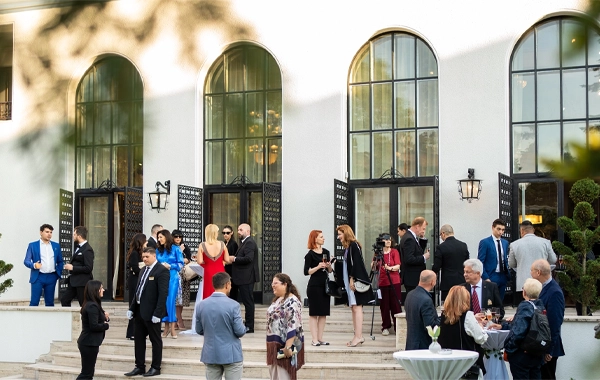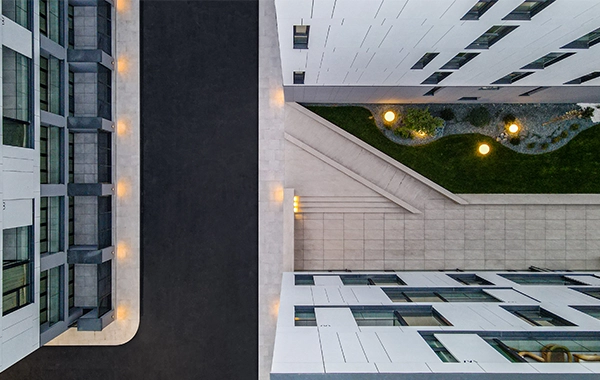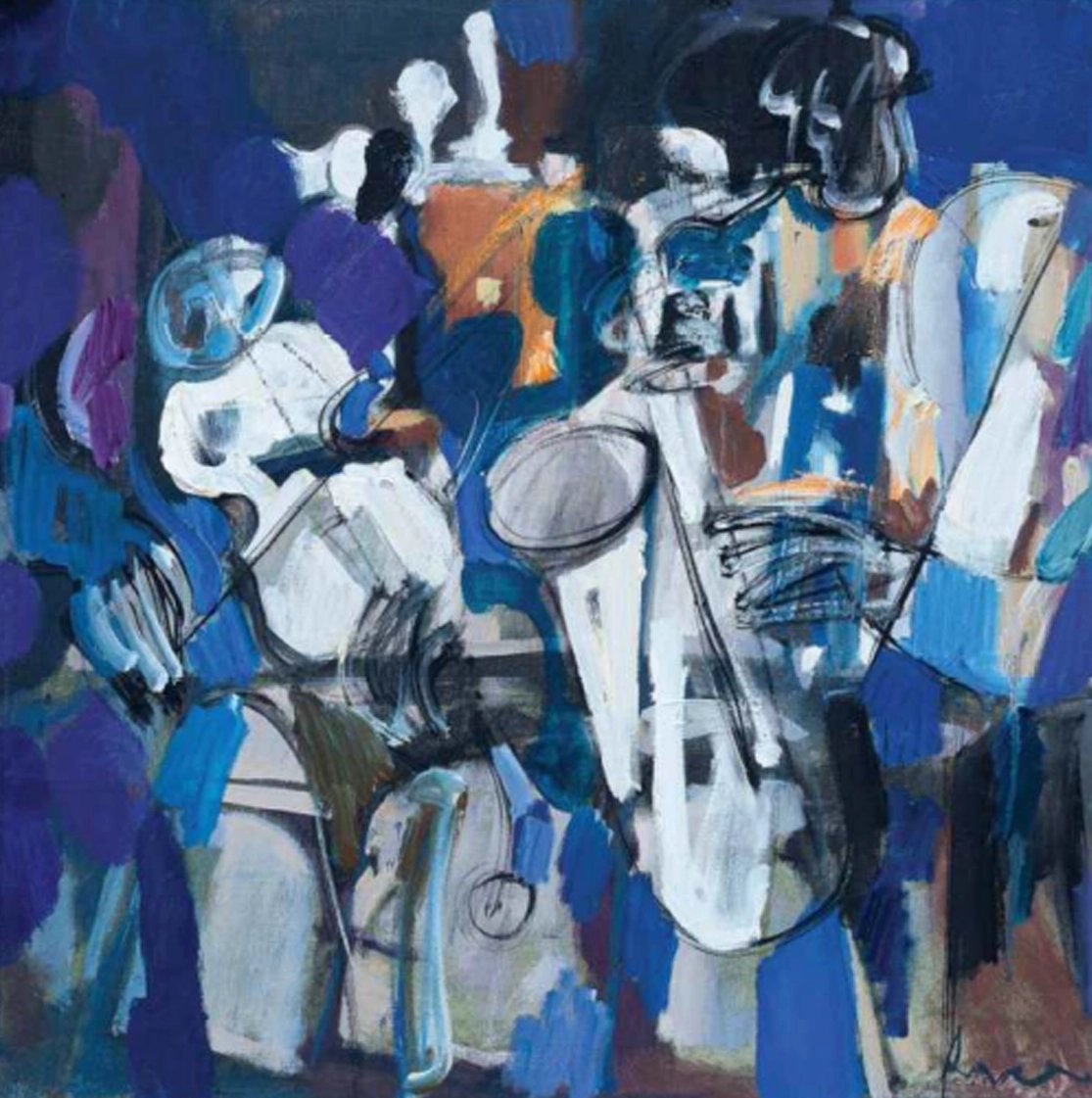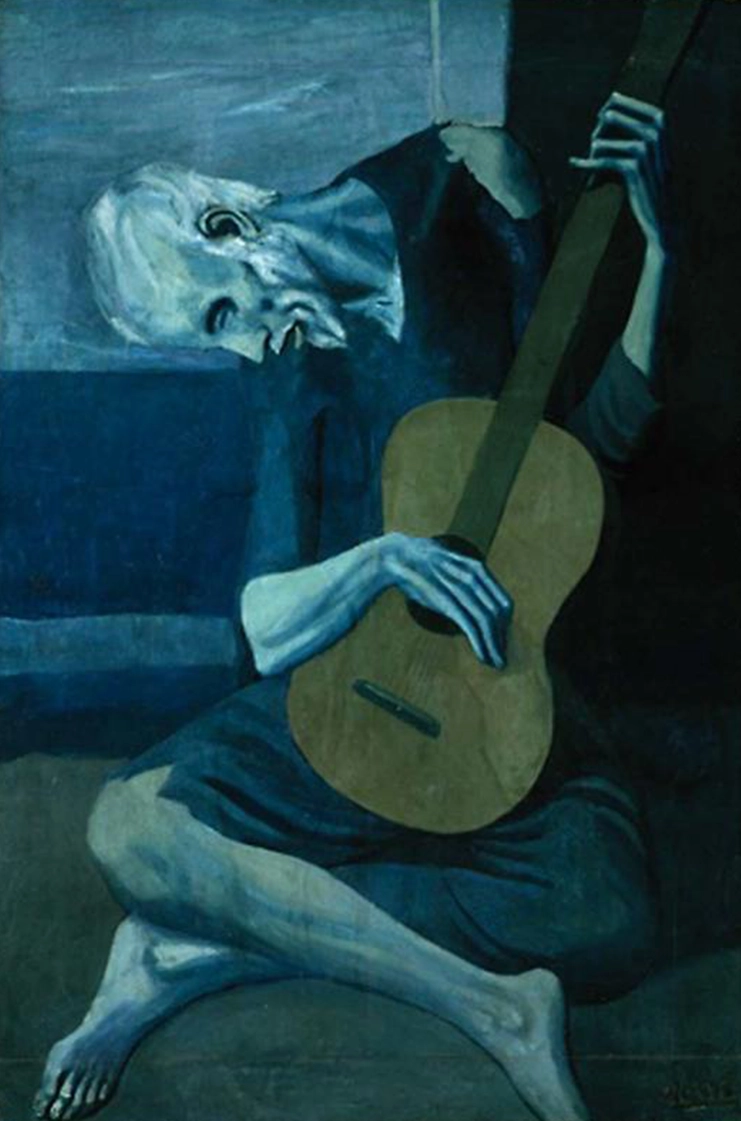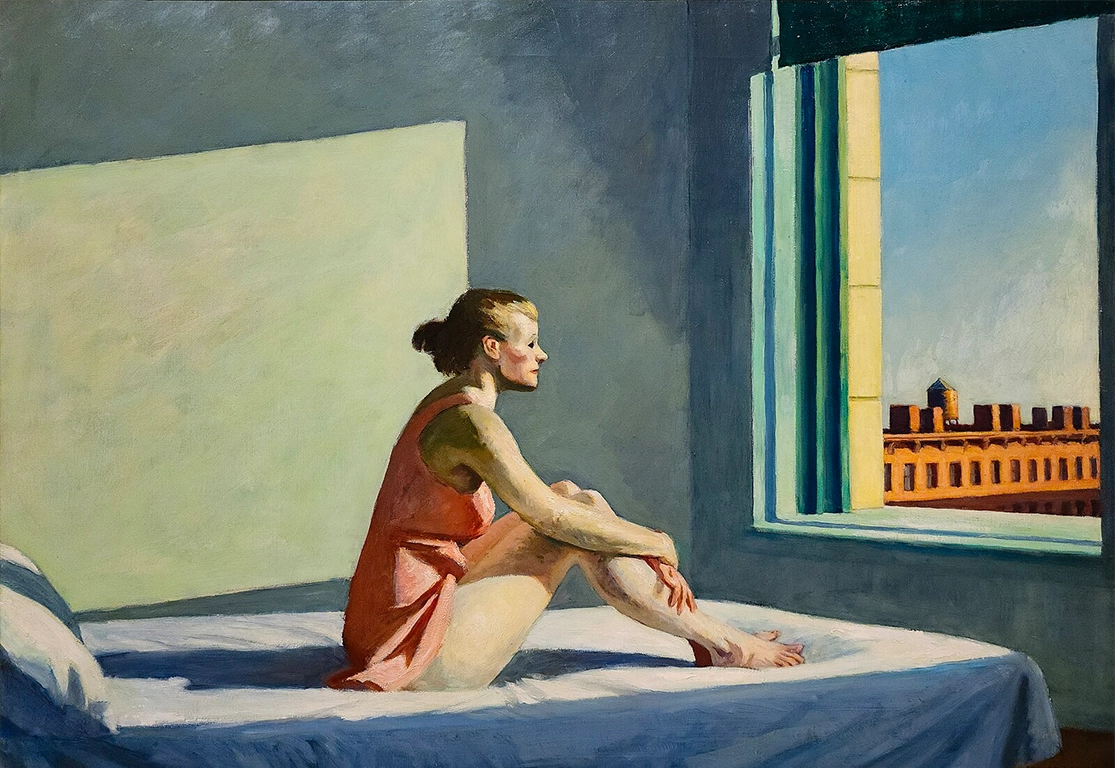The latest exhibition at WIN Gallery spotlighted Horia Roșca, a Romanian painter residing in Germany since 1983. With numerous international participations and renowned exhibitions in locations such as Moscow, Ghent, Nice, or Duisburg, Horia Roșca invites collectors to explore the theme of detail in an almost cultic form, as evidenced in the works featured in the collection - exhibition "Devotion to Detail".
The artist addresses a wide range of subjects, from seemingly simple everyday scenes to themes with profound semantic depth, as seen in the painting "Workshop with Christ" This thematic diversity supports, from within his imagination, the devotion to detail, which becomes a point of connection with the artist's earlier concerns, evident in the exhibition "Horror Vacui" from Langenfeld am Rhein. Observing his works, we see how the detail becomes a saving element, an essential artistic resource without which the compositions would remain in an unstructured formal suspension.



